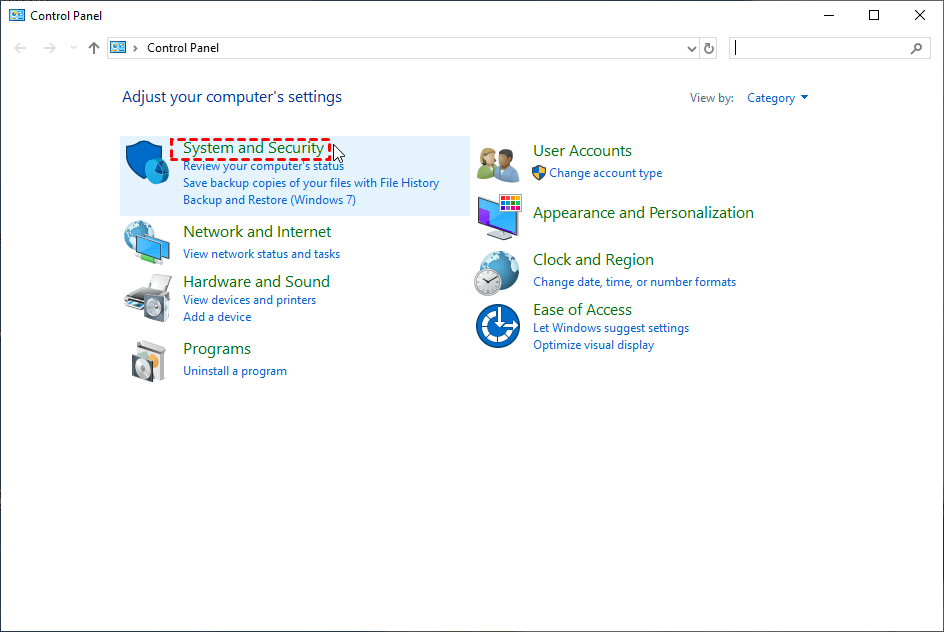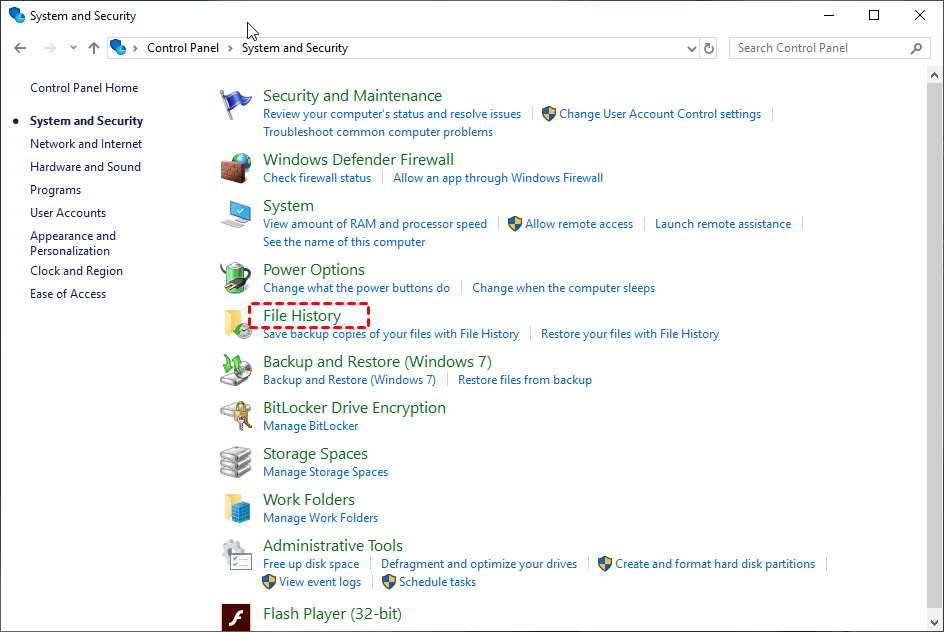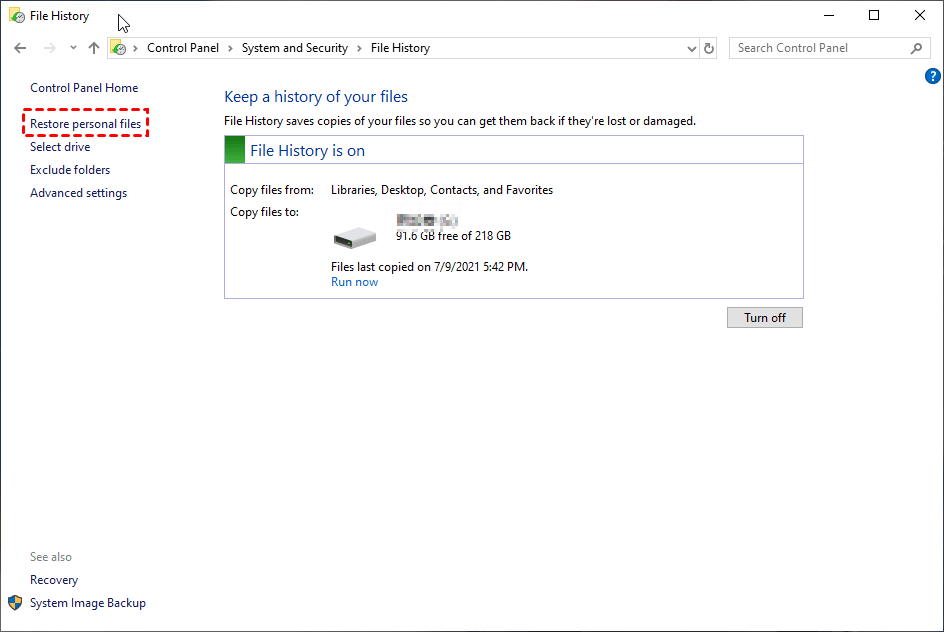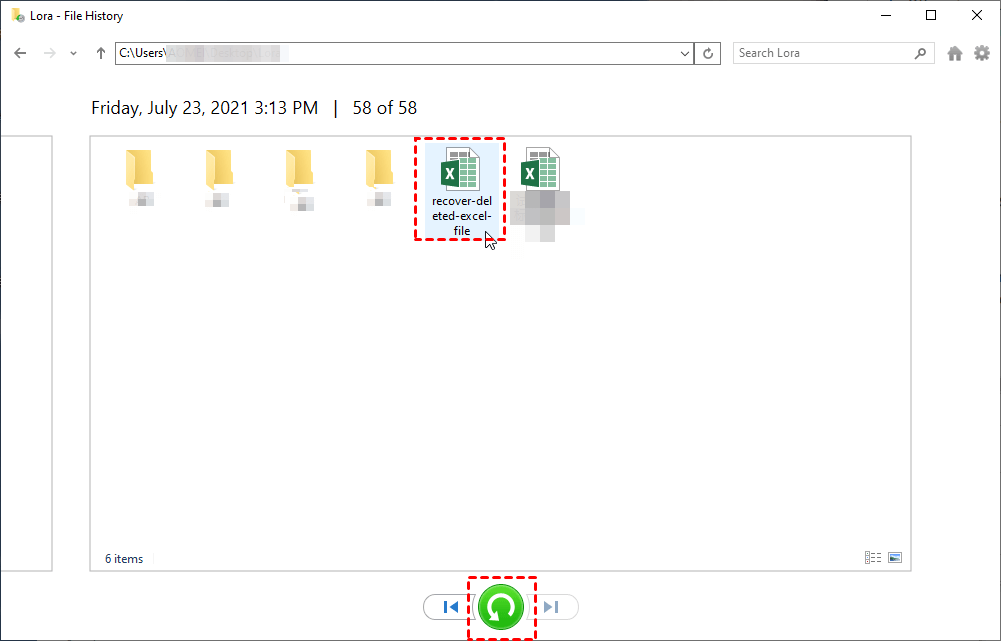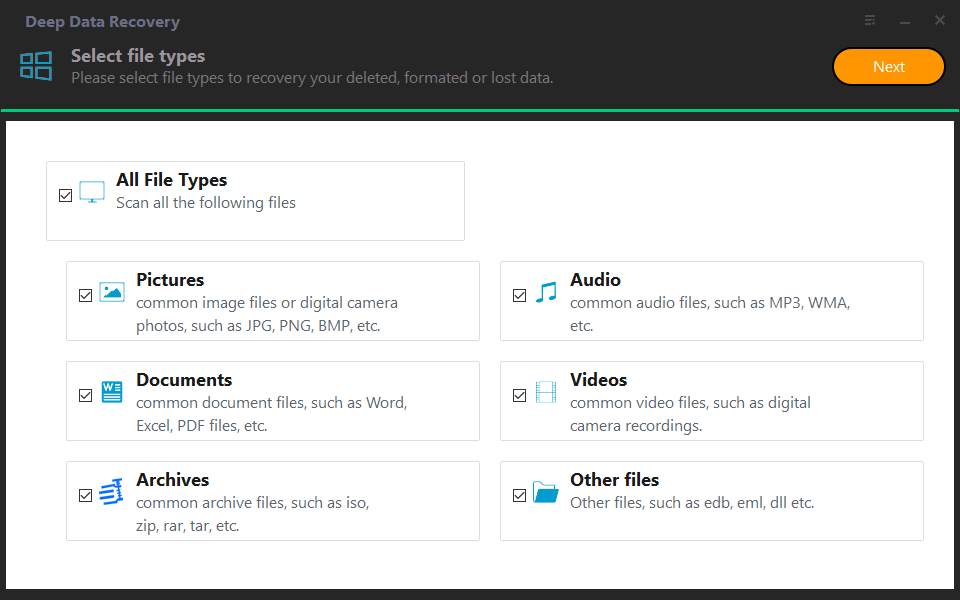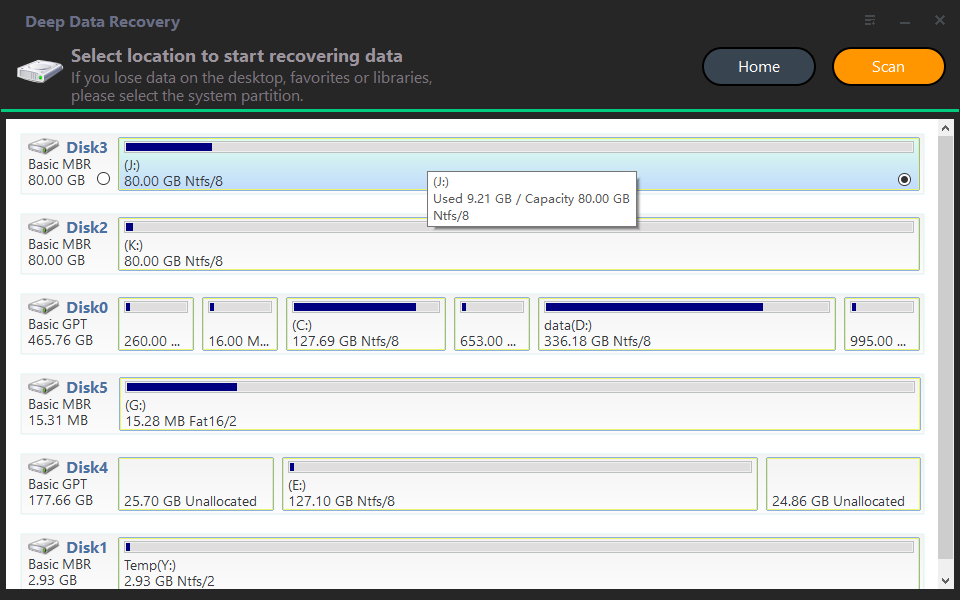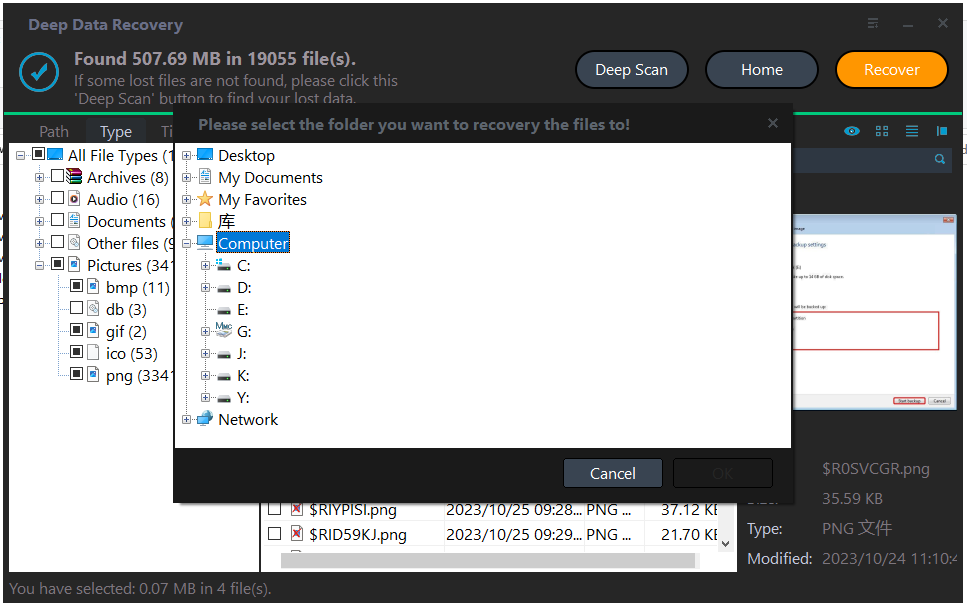Restoring Lost Data: Methods for Data Recovery on Windows OS
Why need to restore lost data?
In today's digital world, data loss can be a distressing and frustrating experience. Whether it's important documents, cherished memories, or critical business information, losing data can have serious consequences. However, all hope is not lost when data disappears unexpectedly.
Is there any good method for restoring lost data? Yes. In the next parts, we will discuss some useful methods to retrieve the lost data.
What need to pay attention before the data recovering task?
Before recovering lost data on Windows PC, there are some points you need to be careful about.
★ Stop using the device
The moment you realize that you've lost data, the most crucial step is to stop using the affected device immediately. Whether it's a hard drive, SSD, USB flash drive, or memory card, continued use can potentially overwrite the lost data, making it unrecoverable. By halting all activities on the device, you increase the chances of successful data recovery.
★ Check backups
Before diving into more advanced data recovery methods, check if you have any backups available. Regularly backing up your data is one of the best preventive measures against data loss. If you have a recent backup of the lost files, you can easily restore them without resorting to complex recovery techniques.
★ Check Recycle Bin or trash
If the data loss occurred on a computer, check the Recycle Bin (Windows) or Trash (macOS). Deleted files are often moved to these folders and can be easily restored from there. However, keep in mind that files might not be recoverable if they have been permanently deleted or if the Recycle Bin/Trash has been emptied.
★ Remain calm and patient
Data recovery can be a time-consuming process, especially if the data loss is significant or complex. It's essential to remain calm and patient throughout the recovery process. Avoid making rash decisions that might further compromise the data. Sometimes, data recovery might not be possible, but with the right approach and tools, there's a good chance of successfully restoring lost data.
Two methods to recover lost data from your PC
If you cannot find out the lost data in the Recycle Bin, you can try the following two methods to recover the target data and files.
▶ Method 1. Retrieve the lost data via the File History Backup
Windows offers File History Backup as a means to retrieve lost files. This feature allows recovery of deleted Documents, Videos, Music, Pictures, Desktop folders, and more. How to restore data? Here is the answer.
Tip: This way is only effective if you have previously backed up the files.
Step 1. Open the "Control Panel" and select the "System and Security" option.
Step 2. Under the "File History" tab, click on "Restore your files with File History".
Step 3. Choose the "Restore personal files" option in the left panel.
Step 4. To restore deleted files to their original location, simply click "Restore". Right-click "Restore", then you can choose your desired destination.
▶ Method 2. Perform restoring lost data task with third-party software
How do I recover lost data? If you have backup the file history, you can effectively reset the data on your PC. If not, this method is useless for you. When facing such a situation, turning to a professional data recovery tool becomes a wise choice.
Qiling Disk Master Professional offers you the "Recover Data" function to retrieve lost data from various storage devices. Files, documents, photos, videos, or other files, no matter what file it is, whether the data is accidentally deleted or lost due to formatting, partition deletion, or virus attacks, this feature has you covered.
With an intuitive graphical user interface, data recovery becomes effortless with just three simple steps. It excels in high-speed and reliable data recovery from various Windows storage media, including HDDs, SSDs, USB drives, and SD cards.
Users can use it without any malware, and it maintains a secure environment by refraining from displaying any malicious ads during running this tool. It can be compatible with Windows 11/10/8.1/8/7/Vista/XP, if you want to find lost data on Windows Server, the Server Version will help you.
Step 1. Install and launch Qiling Deep data recovery software. In the Main Tab, click on "Next".
Step 2. The Recover Windows Data tool will appear. Choose the partition location to initiate data recovery and click on "Start Scan".
Step 3. Once the scan is complete, you'll find all deleted files, recycle bin contents, and Raw files displayed. Select the files you wish to recover and then click "Recover files".
Step 4. Next, select a folder path on your PC to save the recovered files. The choice of where to find deleted files on the computer is entirely up to you.
Step 5. Upon successful recovery, head to the path you selected to access and view your recovered files.
Verdict
Do you know about restoring lost data? Whether it's due to accidental deletion, hardware failure, or other unforeseen circumstances, losing valuable data can be devastating. However, by following the tips mentioned in this article, you can increase the chances of restoring lost data successfully.
Related Articles
- Solid State Drive Data Recovery: How to Retrieve Your Lost Files
How can you make Solid State Drive data recovery? In this article, we will explore the world of SSD data recovery and guide you on how to retrieve your lost files effectively. - The Best Data Recovery Software to Recover Deleted File
It's common to accidentally delete some important files on Windows computer. In such a case, you may want to find the professional data recovery software to recover deleted file. Here you will get a best file recovery tool and learn how to use it. - [Full Guidance] How to Recover Data from HDD
Having no idea on how to recover data from HDD? In this post, we will explore the steps you can take to retrieve your precious files/data from a malfunctioning HDD. - Best Get Data Back Full Version Crack Alternative Free Download in 2022
Download best alternative software to replace Get Data Back full version crack and let the NTFS, FAT, FAT32, exFAT, EXT recovery software to get data back from all drives, USB memory stick and memory card.
